In Delhi, the concentration of fine particulates (a measure of air pollution) has reached 20 times the WHO’s recommended daily maximum. Every winter, the city faces high level of pollution due to vehicle emissions, coal-fired power plants, and crop stubble burning in neighbouring agricultural states. This year, however, the city has taken the uncommon move of imposing lockdown-like conditions: advising people to work from home, closing educational institutions, and preventing heavy-polluting vehicles from entering the city.
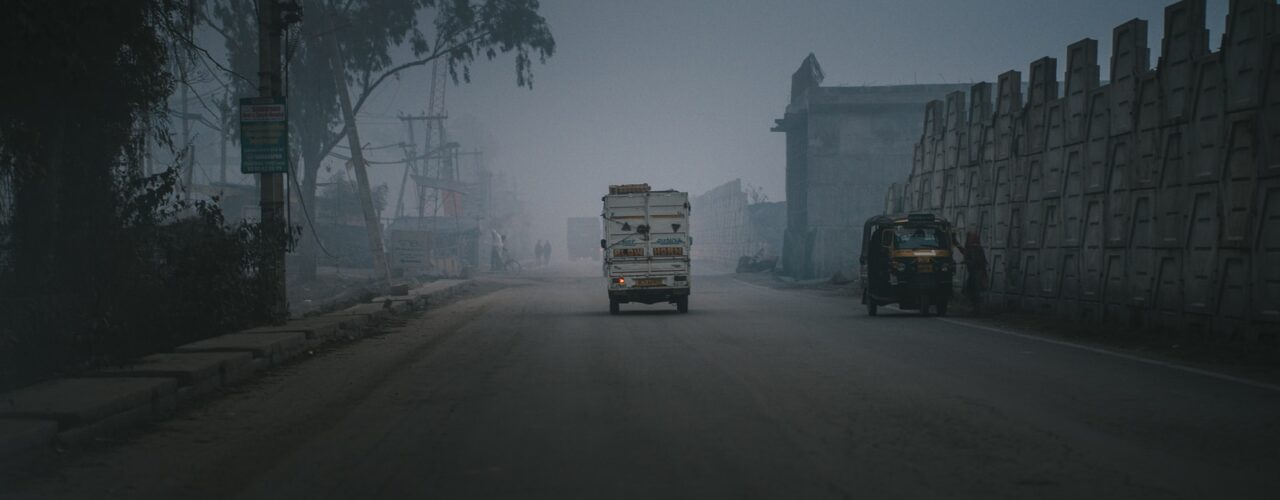
So what?
Delhi has entered a lockdown-like situation for health reasons, after recently coming out of pandemic lockdowns, also imposed for health reasons. However, unlike the pandemic, Delhi’s smog is seasonal and thus fully anticipated by the respective authorities.
While the pandemic has allowed governments to limit civil liberties to protect citizens’ health, it has likely made the public more aware of environmental harms and the severity of respiratory illnesses. These might contribute to greater calls from the residents asking the officials concerned to tackle the issues that contribute to the city’s smog problem.
The lockdown also comes in the context of India’s opposition to phasing out coal at COP26. While India shut down coal-fired power plants around Delhi to combat the current pollution, its policy actions will likely contribute to a delayed global phase out of coal. The situation, although full of irony, might be a sobering reflection of a future under delayed phasing out of carbon-heavy fuel sources.
Sources
-
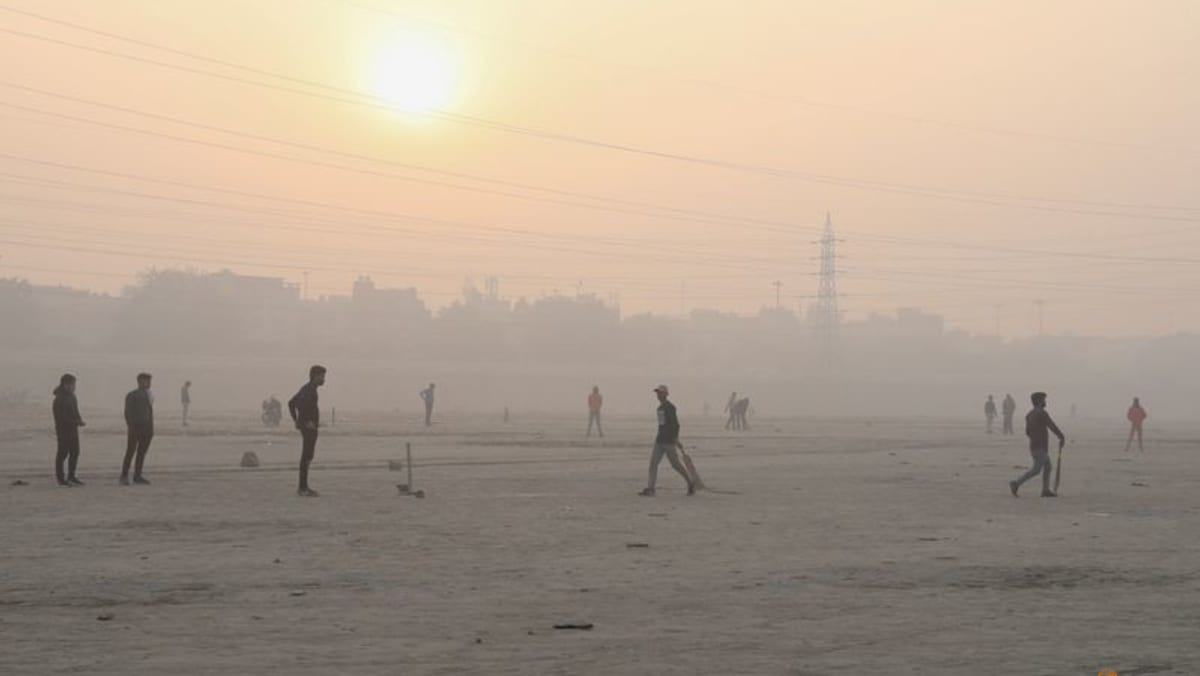 India shuts coal-fired power plants, schools in Delhi as smog worsens https://www.channelnewsasia.com/asia/india-smog-air-pollution-delhi-schools-shut-coal-power-plants-2319451
India shuts coal-fired power plants, schools in Delhi as smog worsens https://www.channelnewsasia.com/asia/india-smog-air-pollution-delhi-schools-shut-coal-power-plants-2319451 -
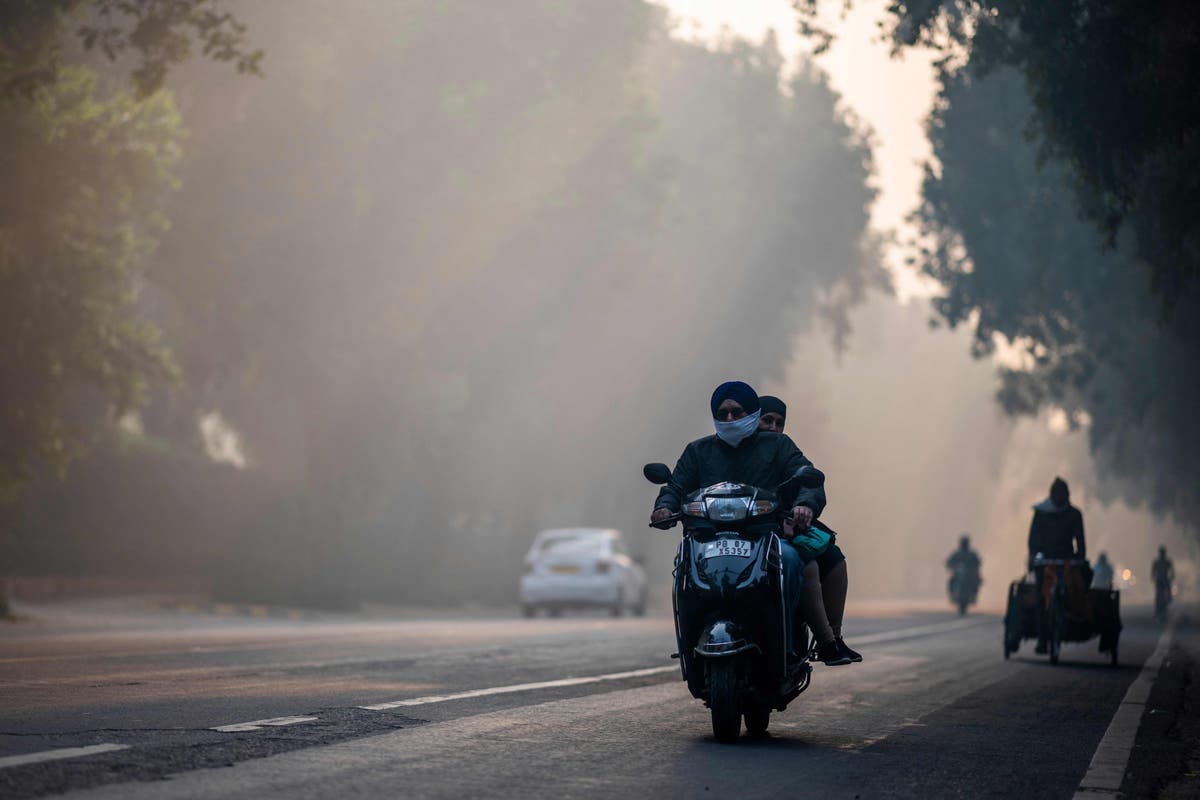 Delhi extends pollution semi-lockdown as toxic smog continues to choke city https://www.independent.co.uk/asia/india/delhi-air-pollution-lockdown-extended-smog-b1961979.html
Delhi extends pollution semi-lockdown as toxic smog continues to choke city https://www.independent.co.uk/asia/india/delhi-air-pollution-lockdown-extended-smog-b1961979.html



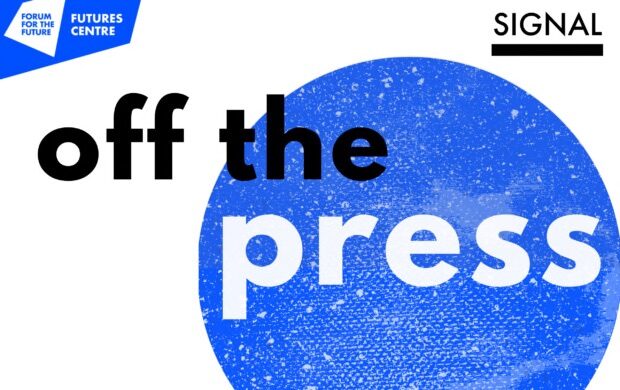
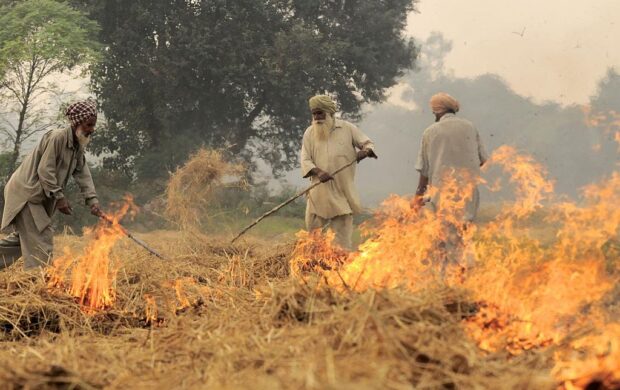



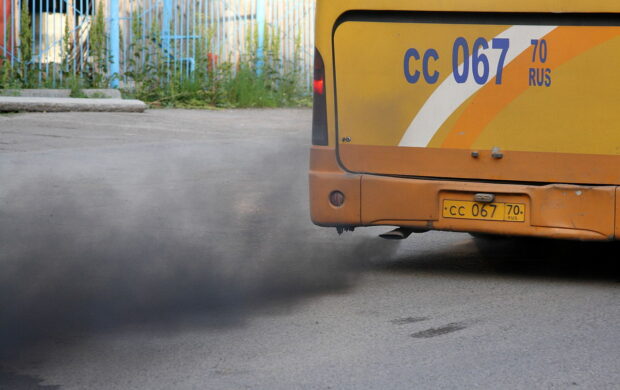

Join discussion